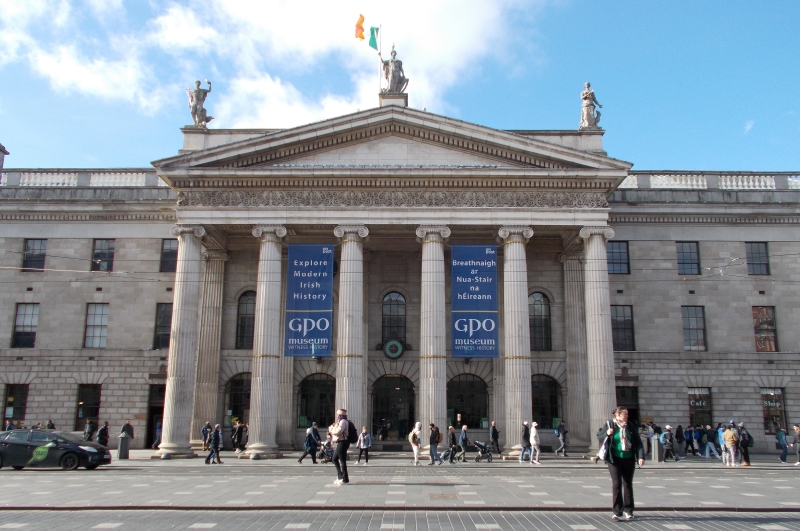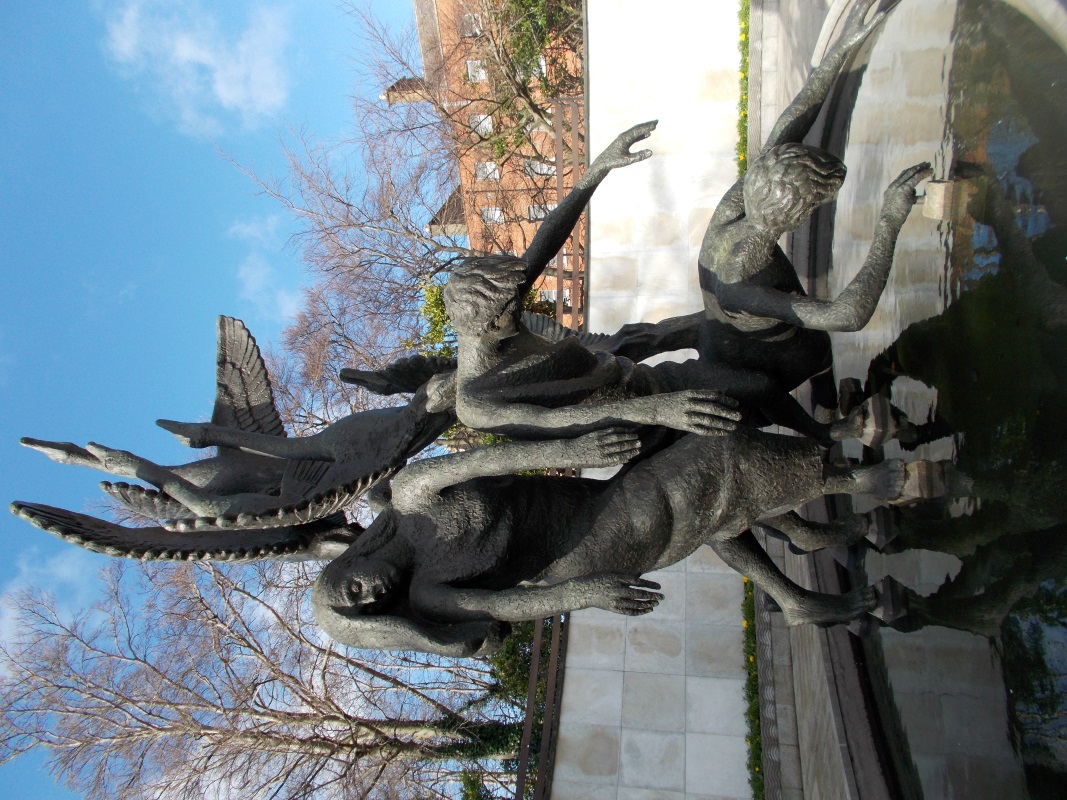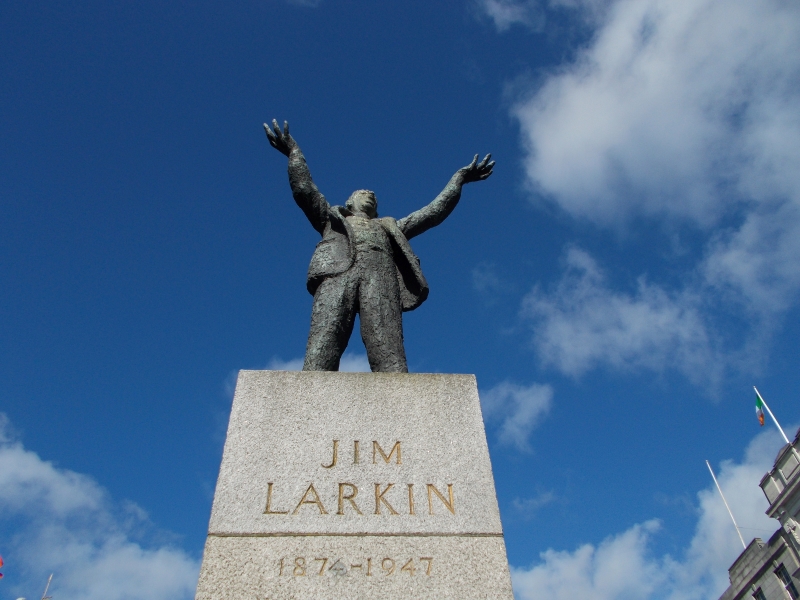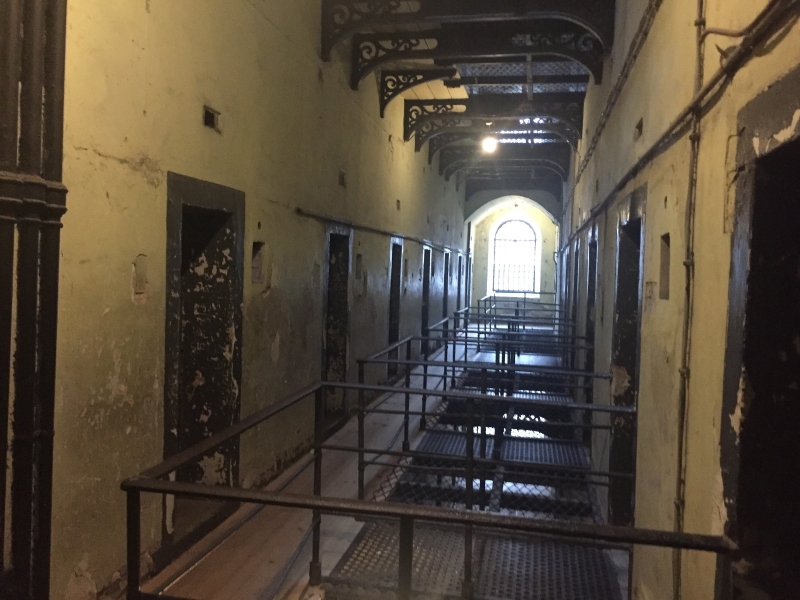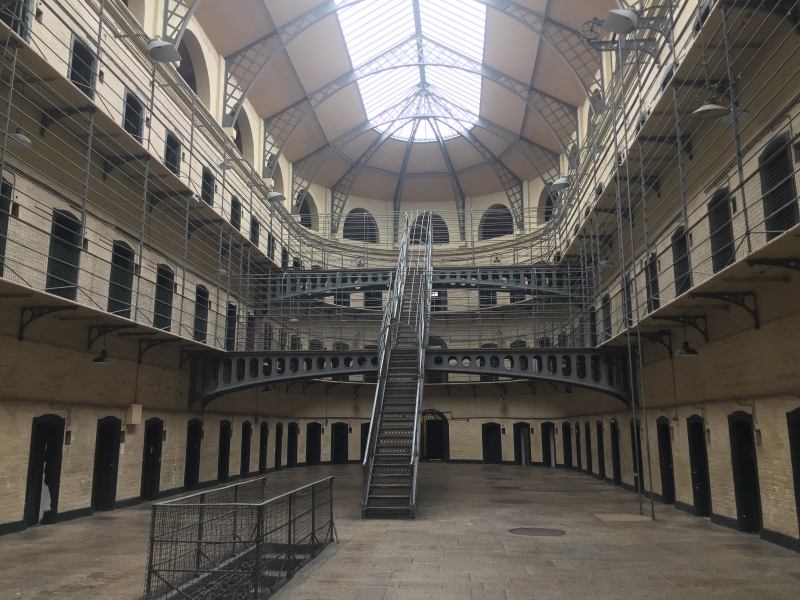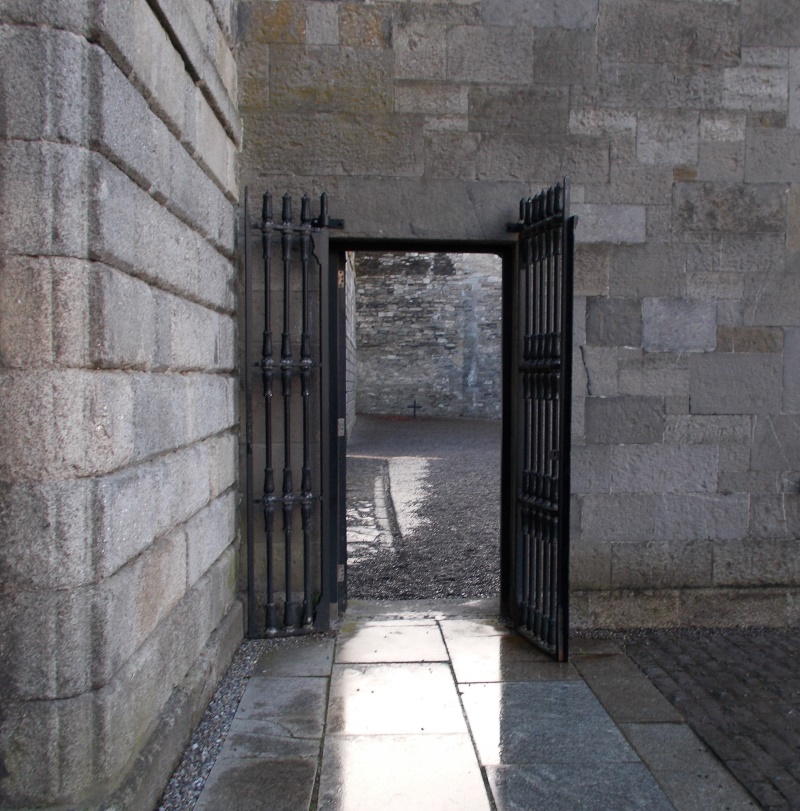I thought I'd post a few photos from a recent holiday in Munich that have an A113 link. They are of a couple of memorials in the city to Kurt Eisner. He was the leader of the U-SDP in the city, and seized the initiative in declaring a socialist republic in Bavaria during the German Revolution. The first memorial is on the site of his subsequent assassination in February the following year. He was shot by a far-right sympathiser whilst walking through the street - he was actually on his way to resign following national elections in which the U-SDP had gained very limited support. The memorial itself is of a shape on the ground, like the 'chalk outline' of a murder victim. The second memorial is also in the city centre, set up more recently in 2008 - I'm not sure the location has any particular significance - the quote translates as 'every human life should be sacred', taken I think from the initial manifesto for the republic.
I found it fascinating to see what is, and isn't, memorialised in Munich - and how the city is going about acknowledging and responding to its 20thC history in particular.
The modern building below is the NS-Dokumentationszentrum München, Munich's Documentation Center for the History of National Socialism. It's location has particular significance as it stands on the site of what was the 'Brown House', the original headquarters of the National Socialist Party.
Just beside the Documentation Centre are the remains of one half of the two 'Ehrentempeln', 'Temples of Honour' built to house the coffins of the Nazi members killed during the 'Beer Hall' putsch in 1923. These were the site of annual memorial parades once the national socialist party came into power in Germany. The majority of these structures was destroyed in 1947 as part of a policy of 'denazification', and the remains were going to be built over in the 1980's. However, following a campaign for more open examination of the city's role in the rise of national socialism a decision was reached to preserve these sites, and to establish the Documentation Centre.
The image below shows a Nazi Party parade on Königsplatz, November 9, 1936, the Ehrentempeln are the pillared structures at the entrance to the square.
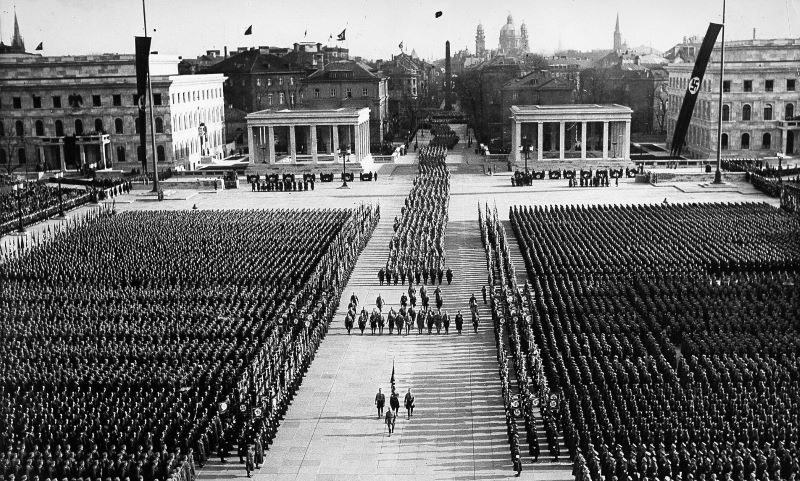
Other elements remain of what was a distinct 'Party District' - the building below was the 'Führerbau', Hitler's specially built residence in Munich, the location for the signing of the 'Munich Agreement' that sealed the fate of Czechoslovakia in 1938. After being taken over by the occupying American forces at the end of WWII this has now become the location of a performing arts college.
The 'Hitler Putsch' in 1923 ended at the Feldherrnhalle (Field Marshalls' Hall) on the Odeonsplatz in central Munich and it was here that a brief gunfight resulted in the deaths of four policemen and sixteen putschists. The site was made into a memorial to the Nazi 'martyrs' and passers-by were required to honour then with the Nazi salute.
To avoid having to pass the memorial it was possible to cut through an alley at the rear of the Feldherrnhalle called the Viscardigasse and this street acquired the nickname of 'Drückebergergasse' or 'shirker's lane'.
These small acts of resistance are now celebrated rather than mocked, in 1995 a line of bronze cobbles was set into the street as a memorial to those individuals who resisted Nazi rule.
